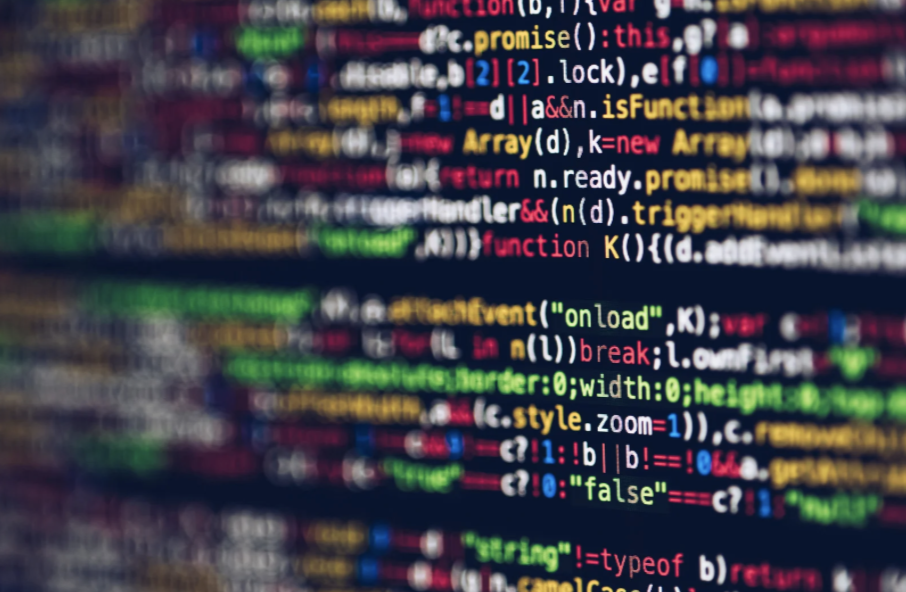This article is part of an ongoing series on the uses for artificial intelligence (AI) in manufacturing, starting with our article introducing machine learning and AI, and their relevance to manufacturing and supply chain operations.
Our piece today will focus on the process of data cleansing, which is the process of sifting through and correcting or eliminating what can be considered bad, corrupt, incorrect, or otherwise useless data from a data set. AI is especially adept at data cleansing because it can offer laser-focus analysis of abundances of data, all in an inhuman timespan.
So Much Data, So Little Time
It is no exaggeration to call data a company or organization’s gold.
Although dollar bills and coins are what go into cash registers, it is the data that, if used effectively, will ensure that those dollars and cents keep rolling in.
Unfortunately, plenty of companies do little more than let that gold pile up in a virtual vault.
Though it is unfortunate, it is at least understandable, since some industries, especially the manufacturing industry, produce so much data and from so many different sources that it can be hard to use it, let alone sift through it for what is solid gold, and what may be just fool’s gold.
When you are dealing with such mounds of digital gold, true or fool’s, you are best off leaving the data analysis, and attendant sifting of useful data from the useless, to an AI agent.
To learn why AI agents are ideal for such a valuable task, read on.
Artificial Intelligence to the Rescue!
If you have been keeping up with this series, or read only one or a handful of our articles in Machine Learning for Manufacturers, you will know that artificial intelligence is frequently employed for prediction-based solutions.
One particular form of prediction has to do with analysis, which, if you think about it, is often prediction-based, for the task at hand is to predict what is valuable and meaningful in a set of data, and what is not.
The world of manufacturing produces heaps upon heaps of data, day-in and day-out, and it is unwise to let it go to waste. Equally unwise is to leave the task of analysis to only humans, instead of an AI agent that can analyze scores of data and detect meaningful patterns within mere minutes.
This is crucial because not all data you get is trustworthy, or complete. Some data may be missing from a set, such as the amount of wood used in crafting a wooden chair on the assembly line, or it could be invalid, meaning it is old, such as last week’s report on wood used, or simply incorrect, like a gross under- or overstatement of how much wood was used.
Other problems can be minor, in the sense that they are hard to detect, but major in that it can lead to incorrect data entry. Faulty code or misspellings are among these problems. Sometimes, there is duplicate data, which can give you a false sense of, for example, the input or output of products.
AI can conduct a thorough data cleansing that will validate, eliminate duplicates, correct, and do other clean-up measures on your data sets, to ensure that everything you have is useful and accurate.
This is done by recognizing patterns in data, and knowing from past data from your company what is correct and incorrect, usual and unusual. And, through machine learning, that AI agent will only get better and better at detecting what is and isn’t good for you.
AI-Powered Data Solutions for Your Company
For more AI-based solutions, manufacturing-related or not, reach out to Findability Sciences.
Read other informative articles in our ongoing Machine Learning for Manufacturers series:
- How AI Can Boost a Manufacturer’s Efficiency
- How Demand Forecasting Keeps You Ahead of the Curve
- Product Price Recommendations
- Commodity Price Prediction with AI Finds the Best Price for Raw Materials
- Transport the Goods Effectively and Safely with AI Solutions
- AI-Powered Predictive Maintenance of Machines Helps You Optimize Manufacturing Costs
- Value Creation with Artificial Intelligence
- Mass Customization Using Artificial Intelligence
- Tracking and Managing Production Floor Operations Using Artificial Intelligence
- Keeping Track of and Assessing Suppliers Using Artificial Intelligence
- Capacity Planning Prediction Using Artificial Intelligence
- Designing Products with Artificial Intelligence


Recent Comments